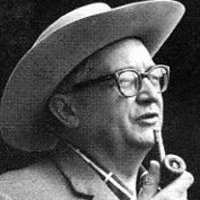
Dr. Kim Foecke
@kimfoecke
Geochemist to paleoanthropologist. Neanderthal diet + nitrogen isotopes, XRF evangelist. Currently @HumanOrigins, incoming asst prof @GeorgeMasonU.
ID: 984954222910328832
https://sites.google.com/view/kimberlykfoecke/home 14-04-2018 00:39:21
1,1K Tweet
1,1K Followers
709 Following

Flint Dibble 🍖🏺 Dr. Kim Foecke Great video! Where we see that even with a one-hour long video it's only scratching the surface of all the issues we found in the sedimentological study of this paper!


A piece in Science News covering paper on deliberate burial by Homo naledi. It is good to see that the Rising Star team agrees in hindsight that their methodological choices were incorrect. I disagree with their other responses, but that was expected. science.org/content/articl…

surely open comment is what the RS team wanted by posting preprints and going via this elife process? As such, it is strange to critique people replying to it as Dr. Kim Foecke et al. have done

Andy I.R. Herries at La Trobe Archaeology I find that criticism interesting…to say the least…I think we were fair in presenting our critique in a journal, particularly as we went open access. It’s still a public comment. As for treating it as the version of record…events speak for themselves I think. I stand by it.

The reply to sedimentological evidence presented to support the claims of Homo naledi burials, in which our colleague Queffelec Alain is co-author, is now covered by Science.


Apologies, wrong account tag! This piece is from Michael Price at News from Science!

More Research Shuts Down Controversial Claims About Homo Naledi, Star Of Netflix Documentary - out today from IFLScience Queffelec Alain Dr Robyn Pickering iflscience.com/more-research-…








